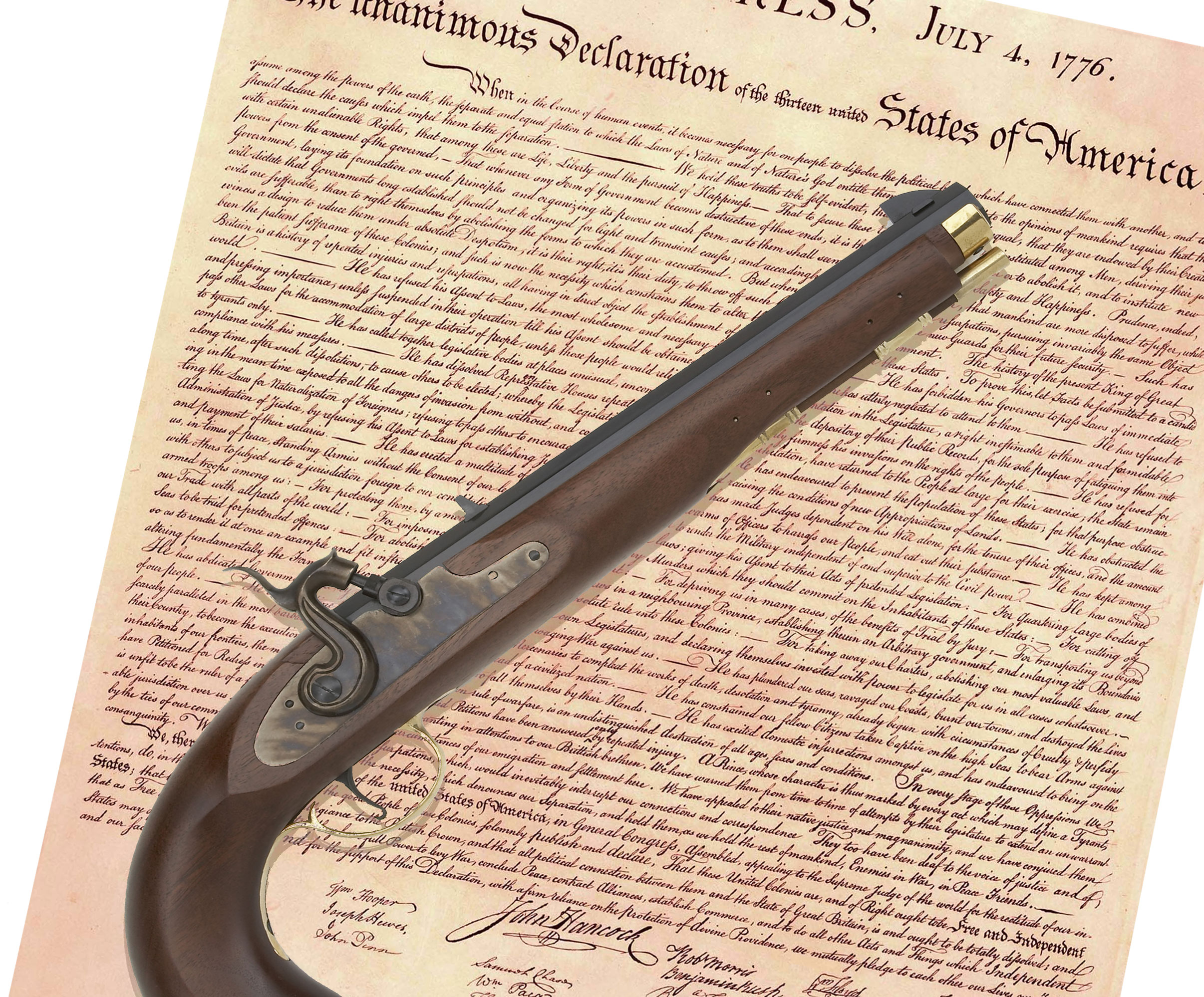
Advertisement
A pair of Harvard University researchers have confirmed the discovery of only the second-known parchment copy of the American Declaration of Independence outside of the National Archives in Washington, D.C., and they found it in a small shop in England of all places.
Talk about your ironies.
As reported by The Guardian, Prof. Danielle Allen, accompanied by researcher Emily Sneff, revealed their findings at a conference called “The Sussex Declaration” held on the campus of Yale University (another irony) last week. Their initial research has already been published online by their university.
During work compiling records for a university database, Sneff said she discovered the first clue that the document existed in August 2015.
“I was just looking for copies of the Declaration of Independence in British archives,” she told The Guardian.
What especially caught her attention is that the document listing at a records office in West Sussex used the word parchment, which to her indicated that it had been made for some special occasion and was not a normal broadside printed copy. (RELATED: Read “Resistance” Democrats Are A Far-Left Terrorist Party Committed To Overthrowing Our Government.)
At first she wasn’t certain the records office had anything of value. “I reached out to them a bit skeptically,” said Sneff, noting that the document’s description was somewhat vague. However, “once we saw an image and talked to a conservator we started to get excited.”
Prior to Sneff’s inquiries, British record keepers and officials never really gave the document much attention. Apparently, the records office got the parchment in 1956 after it was handed over by a local man employed at a law firm that represented the Dukes of Richmond, The Guardian reported.

“The closer we looked at it, there were just things that made it a clearly unique and mysterious document,” said Sneff.
The Guardian reported further:
Allen and Sneff first tried to deduce when and where the manuscript was made by analyzing handwriting, spelling errors and parchment styles and preparation. They concluded it dated to the 1780s, and was produced in America, most likely in New York or Philadelphia.
It’s not known how many hand-written copies of the declaration are in existence, but this discovery leads some to believe there could be others.
The next question the researchers asked themselves was this: Who could have written the parchment? They believe they have an idea.
Their leading choice is James Wilson, a delegate to the Continental Congress from the state of Pennsylvania. He was one of just a half-dozen men to sign the declaration itself as well as the U.S. Constitution. Also, he became one of the original justices to the U.S. Supreme Court.
In further researching Wilson, Allen and Sneff noted that he was a vociferous backer of a popularly-elected president, as well as separation of powers between three branches of government. They added that he played a more significant role in U.S. history than most historians understand. (RELATED: Read Venezuelan leader now demonstrating why the Second Amendment is so important for halting tyranny.)
Sneff said what led the researchers to believe the creator was Wilson was the finding of a notable anomaly on the parchment when compared to the original in Washington, D.C., and later copies: “The names of the signers are all scrambled.”
The Guardian noted further:
Unlike previously known copies of the declaration, which have signatures grouped by states, the Sussex copy has its signatures in a patterned jumble. Sneff and Allen hypothesize that the appearance of randomness was deliberate and symbolic, part of a nationalist argument that the United States was founded by citizens, each created equal, and not by a looser confederation of states.
It’s been decades since a similar discovery was made. In 1992, a Doylestown, Pa., dealer in rare historical documents, Tom Kingenfelter, discovered the truest copy of the handwritten Declaration of 1776 at a flea market, of all places.
Read similar stories at Liberty.News.
J.D. Heyes is a senior writer for NaturalNews.com and NewsTarget.com, as well as editor of The National Sentinel.
Sources include:
This article may contain statements that reflect the opinion of the author
Advertisement
Advertisements















